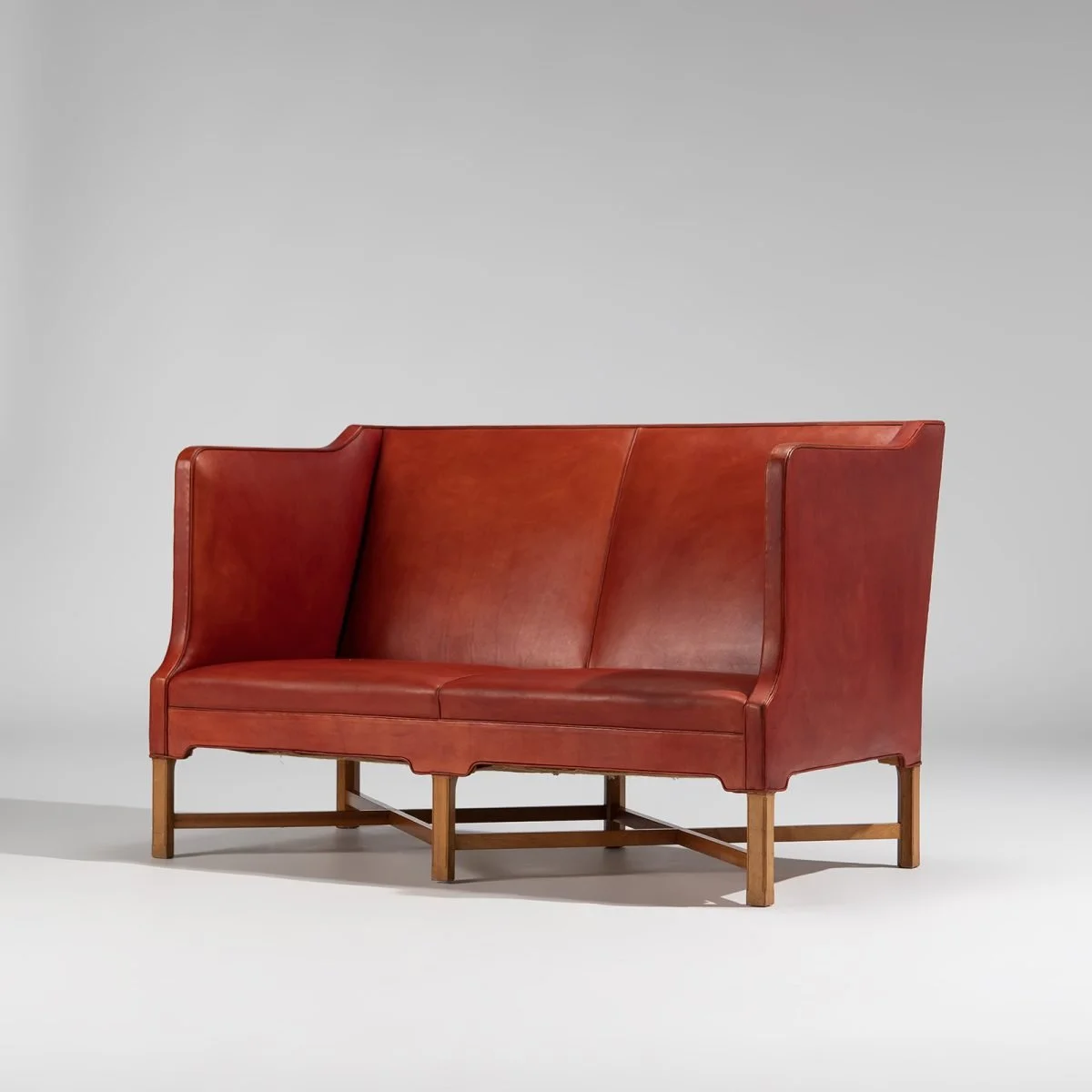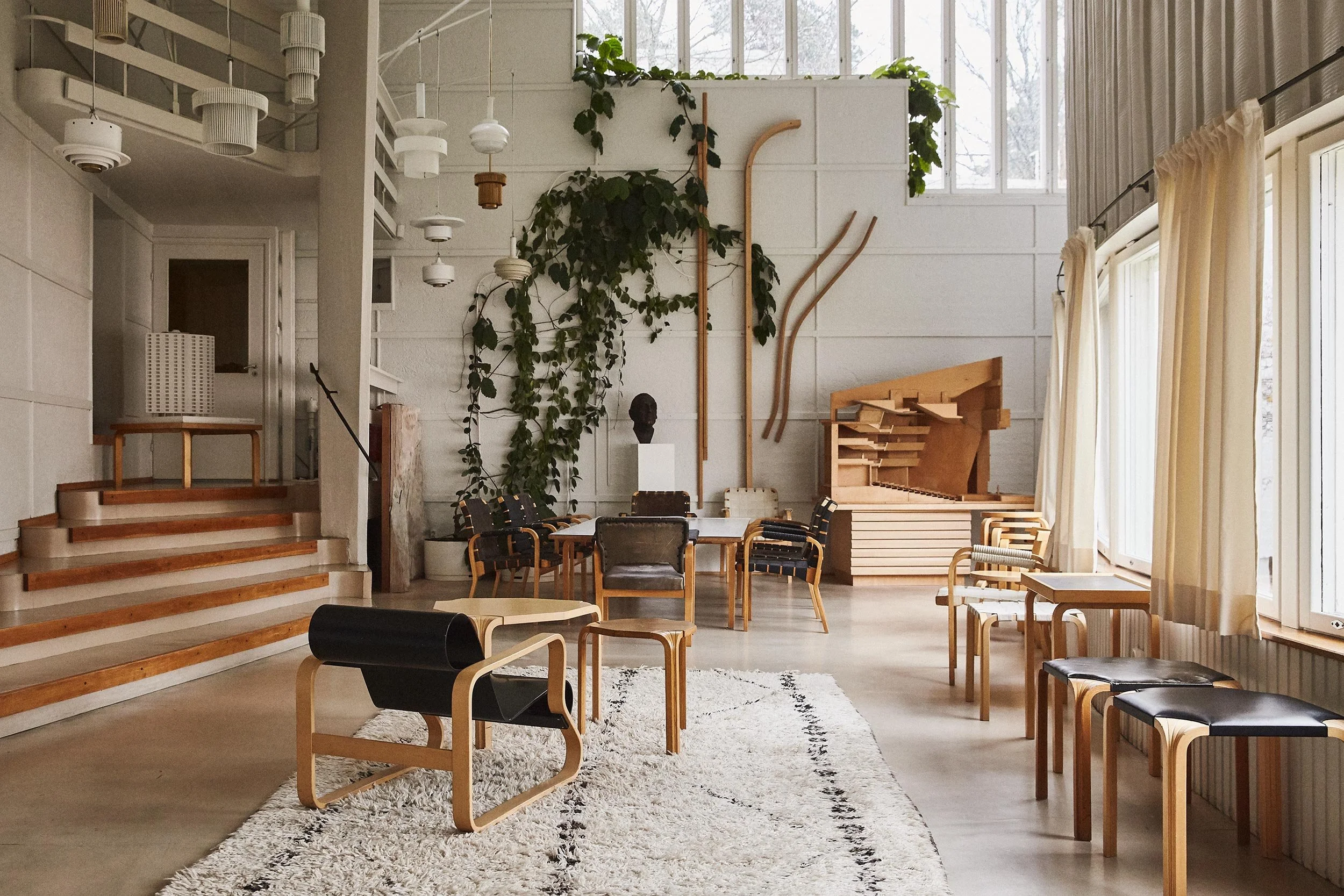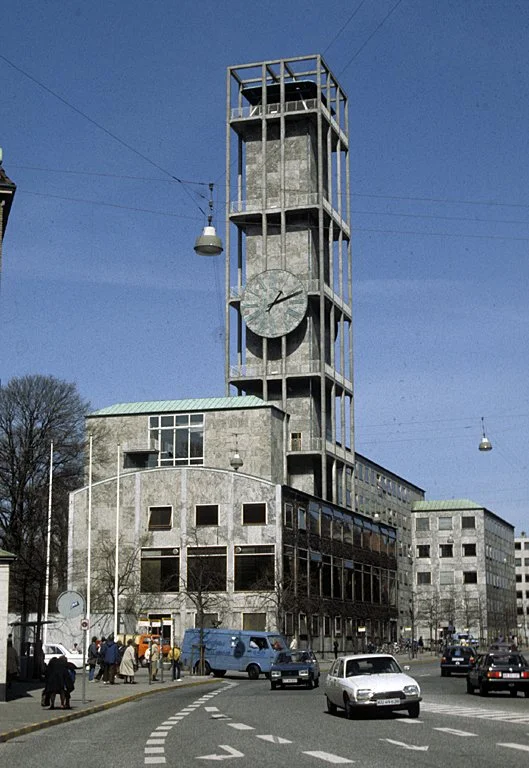The Evolution of Scandinavian Design
Why Scandinavian Design?
As you know, I am from Denmark. Scandinavian design is deeply engraved in me.
Scandinavian design is synonymous with simplicity, functionality, and beauty. Originating in the early 20th century, this design style quickly spread across the globe due to its minimalist aesthetic and focus on craftsmanship. In a world increasingly focused on sustainable living and thoughtful consumption, Scandinavian design's timeless appeal has only grown stronger, making it a cornerstone of both vintage and modern interiors.
History of Scandinavian Design
Scandinavian design emerged in the 1930s, but it truly flourished after World War II. It was heavily influenced by the social and democratic reforms sweeping across Nordic countries at the time, aiming to create beautiful yet functional pieces that could be accessible to everyone, not just the wealthy elite.
Some important early figures in Scandinavian design include:
Kaare Klint (Denmark), who laid the groundwork for the modern furniture design movement with his focus on clean lines and functionality.
Alvar Aalto (Finland), who combined organic forms with modernist sensibilities, especially in his iconic bentwood furniture.
Arne Jacobsen (Denmark), known for his futuristic designs, including the famous Egg Chair and Swan Chair.
By the 1950s, the movement gained international recognition, especially after exhibitions like "Design in Scandinavia," which toured the U.S. and Canada, showcasing the region's approach to interiors and furniture.
Key Characteristics of Scandinavian Design
Minimalism: Clean lines, open spaces, and lack of clutter.
Functionality: Every piece has a purpose; furniture and decor are as practical as they are beautiful.
Natural Materials: A focus on wood (particularly lighter woods like birch and pine), wool, leather, and stone.
Neutral Colors: Scandinavian interiors are often anchored in neutral tones—whites, greys, beiges—though pops of color (usually in soft, muted tones) are strategically used.
Light and Airy Feel: A direct response to the region’s long winters and limited daylight, Scandinavian homes aim to maximize light, using large windows, mirrors, and bright, pale surfaces.
Scandinavian Design's Place in Modern Vintage Decor
Today, Scandinavian design blends seamlessly with modern and vintage interior aesthetics. Its neutral color palettes and minimalist approach offer the perfect canvas to incorporate vintage elements. For example, a vintage mid-century teak sideboard pairs beautifully with a sleek Scandinavian sofa, while a Nordic wool rug grounds a room full of antique furniture pieces.
The adaptability of Scandinavian design allows it to mix with more traditional or ornate decor styles, which is why it’s so beloved in the modern vintage community.
Tips for Incorporating Scandinavian Design in Your Home:
Start with Neutral Tones: Opt for a neutral base for walls, floors, and major furniture pieces. You can add texture and warmth with wool throws, natural wood elements, and soft, muted tones in your accessories.
Invest in Quality Pieces: Scandinavian design values craftsmanship and durability. Look for well-crafted furniture that will last, whether it's a vintage teak chair or a modern, minimalist sofa.
Embrace Functionality: Look for multi-functional pieces that maximize space without compromising style. For example, modular storage units, simple yet elegant coffee tables, or sleek bookshelves that don’t overwhelm the space.
Incorporate Natural Elements: Whether it's indoor plants, wooden accents, or linen curtains, adding touches of nature to your home enhances the light, airy feel of Scandinavian interiors.
Mix Vintage with Modern: Combine clean-lined modern furniture with vintage accessories or heirloom pieces to create a dynamic, layered look.
Where to Find Scandinavian Design Pieces:
Vintage Stores & Markets: Look for authentic mid-century Scandinavian pieces at vintage furniture markets and stores. Flea markets are also a good place to discover hidden gems like Arne Jacobsen chairs or Danish teak tables.
Modern Scandinavian Brands: Brands like IKEA, Muuto, HAY, and Ferm Living carry modern interpretations of Scandinavian design principles that can easily complement vintage pieces in your home.
Online Retailers: Websites like Etsy, 1stDibs, and Chairish often have a wide selection of both modern and vintage Scandinavian furniture and decor.
Conclusion: Why Scandinavian Design is Timeless
The cityhall in Aarhus. The city I live in. Designed by Arne Jacobsen
Scandinavian design continues to thrive in modern homes because it prioritizes comfort, functionality, and beauty. Its clean lines and neutral tones allow for endless personalization, making it the perfect backdrop for any vintage enthusiast looking to create a space that feels both modern and nostalgic. Whether you’re starting fresh or looking to blend old and new, Scandinavian design offers a timeless solution for stylish, functional living.
Buying Tips:
Authenticity Matters: When investing in vintage Scandinavian furniture, especially mid-century modern pieces, check for maker’s marks or documentation proving authenticity. Pieces by designers like Arne Jacobsen or Alvar Aalto hold great value, but their authenticity must be verified.
Quality Over Quantity: Scandinavian design places a heavy emphasis on craftsmanship. Choose a few standout pieces, such as a well-designed chair or dining table, instead of overcrowding your space with multiple items.
Sustainable Alternatives: If vintage pieces are out of reach, opt for sustainable modern brands inspired by Scandinavian design. These will give you a similar aesthetic without breaking the bank.






